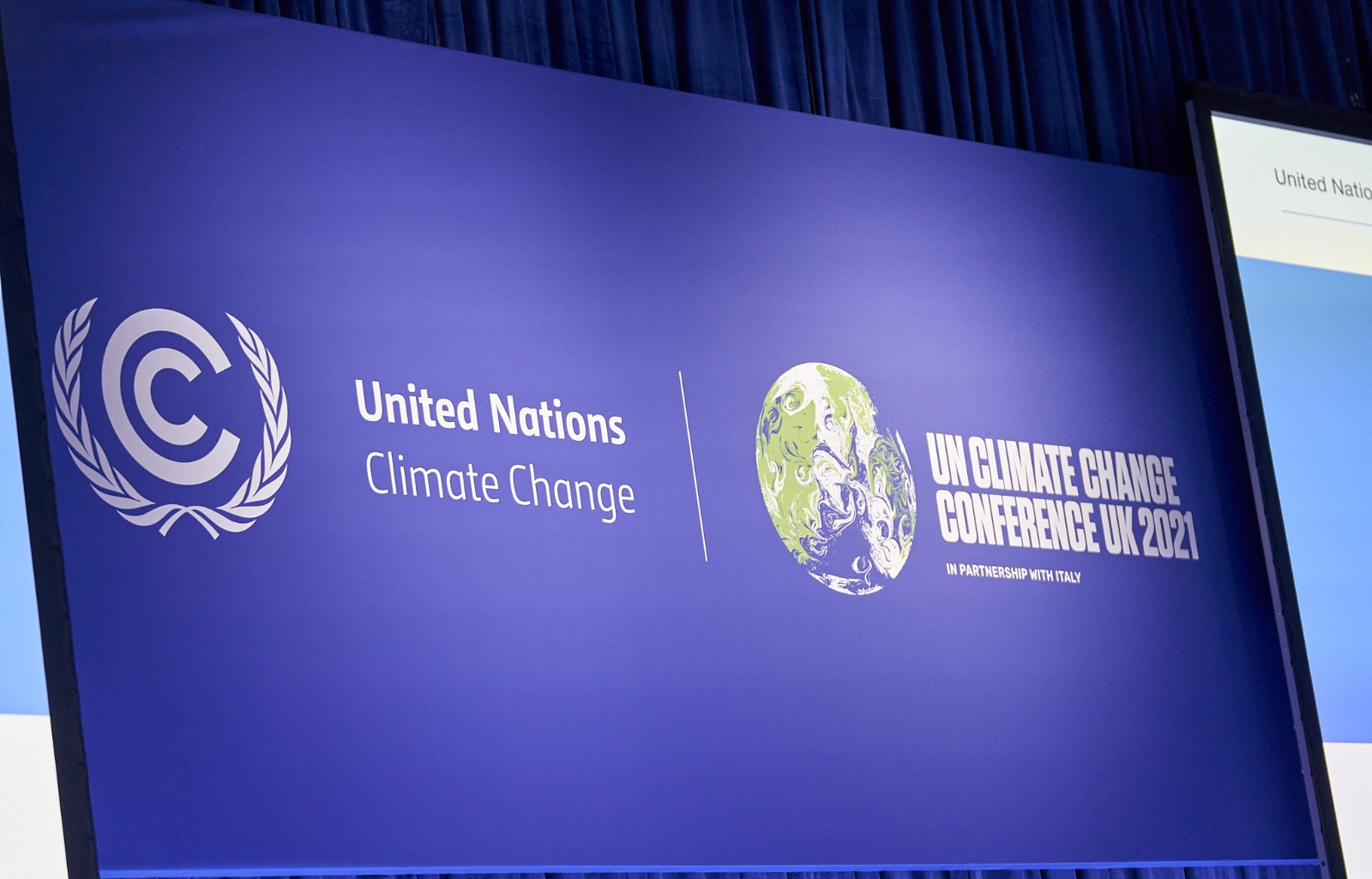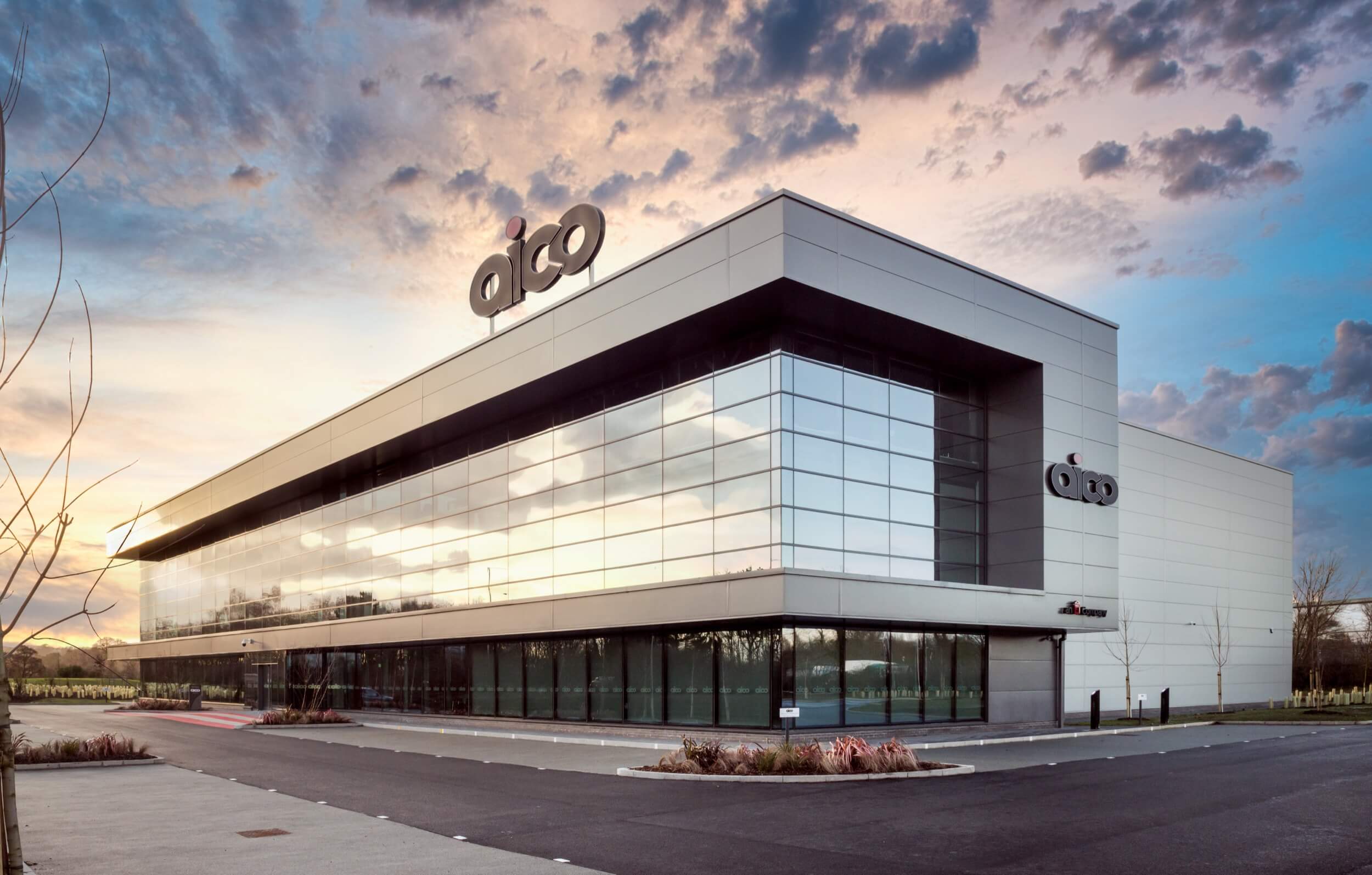COP26 Roundtable: Are Ground Source Heat Pumps Key For Reducing Emissions?

At the COP26 Roundtable Discussion, we saw The Kensa Group joined by key figures from across the sector to discuss the goals and challenges for the future of ground source heat pumps.
With heat pumps being a huge way to reduce emissions within the housing sector, Kensa is on a mission to put them on the agenda for COP26.
First established in 1999, Kensa currently has over 7000 heat pumps deployed across the UK. Now, they are eager to enhance the deployment across the country as a means for reducing household emissions.
In the lead up to the COP26 Roundtable discussion, Kensa hosted a series of virtual events introducing their ‘Welcome to Green Street’ campaign.
Kensa paving the way for ground source heat innovation
Highlighting the campaign, the three events showed the importance of collaboration between social housing and local authorities, new build housing developments and grid infrastructure with generation and distribution.
Kensa’s vision is to transform Green street with ambient heat networks and network heat pumps, to provide the lowest cost and lowest carbon solution for net-zero heat.
If this vision is achieved it will reduce fuel poverty, increase social impact, achieve net-zero carbon and improve local air quality.
Through research, they found that every city has a ‘Green Street’, so their aim through this campaign is to highlight how every street can become greener by heat pump technology.
Along with the virtual events, Kensa has released a virtual street map to zero-carbon urban energy. The greening of Green Street augmented reality experience conceptualises and brings to life Kensa’s vision for the decarbonisation of heat in a real-life urban community.
The greening of Green Street augmented reality experience conceptualises and brings to life Kensa’s vision for the decarbonisation of heat in a real-life urban community
This technology helps visualise the possibility of a lower cost and lower carbon solution for heat becoming a reality. Experience the reality here.
The COP26 roundtable enabled Kensa to converse with key figures across the sector and address any challenges of ground source heat pumps.
“It’s not just about replacing an air source heat pump with a ground source heat pump, it’s much more about the benefits of the ambient heat network, having heat infrastructure and the connectivity that brings” stated Karl Drage, Kensa’s Director of Business Development at the beginning of the roundtable.
Not only do ground source heat pumps provide a solution for climate action, but they also provide lower-cost solutions for households in terms of taking away the need for billing and metering.
With a ground source heat pump, the consumer would only have to pay for the energy via their electricity bill. Allowing the consumer to have a choice in their heat pump, then having the flexibility to choose their energy provider and having the confidence that they are paying their normal electricity bill, but they are getting access to efficient heating.
Addressing skill shortages and a fabric-first approach is a high priority
The first discussion of the roundtable saw Helen Melone addressing the skills shortages as an issue for deployment of ground source heat pumps, and how the issue needs to be fully considered now so that long term planning can be implemented.
Without a full plan for addressing the skills shortage, the 2035 target of phasing out gas boilers and implementing climate-friendly alternatives becomes vague
Moving on, a fabric first approach was discussed for quicker implementation of climate-friendly heating for homes.
Karl addressed insulation as a means for a fabric first approach. He stated: “I’m not a big advocate of fabric first, I think we should consider fabric first, but it should be a cost-benefit analysis. Clearly, there will be some fabric to be done. I think it’s the argument that if you’re going to do fabric on it for one of the technologies, it should be there on all of them.”
“We found that the insulation compared to the technologies didn’t pay back. So, you could invest on the same cost of capital as putting in the network heat pump and you reduce emissions and get better heat from a pound per carbon saving point of view.”
This was followed up by John, stating: “It’s only worth investing about 10% of your budget in fabric upgrades. You should be spending 50-70% on heating to decarbonise.”
Karl furthered this by saying: “We’ve been addressing fabric for the best part of two decades now.
“I think people have learned the mantra fabric first and say it without really understanding the consequences of it, and I think it really needs to be considered, but it should be a cost-benefit analysis.”
The potential of ground source heat is constantly growing
The roundtable moved on to discuss cost-benefactive generating ground heat would be. John Maslen had quantified just how much heat could potentially be taken out of the ground.
He stated: “Over 60% of Scotland’s heat demand could be met just from greenspace. That’s not considering brownfield land or fields around the outside of settlements, which we consider to be agricultural, not green space.”
Those findings show that carbon targets could be met, the only thing lacking is the infrastructure and affordability to get there for each household.
Karl rounded up the roundtable by saying: “The Kensa Group is proposing using networked ground source heat pumps as a renewable replacement of the gas main. We believe that this offers considerable advantages to all stakeholders. Kensa’s Vision will be brought to life in an augmented reality experience that is launching at COP.”
Kensa’s Director of Business Development, Karl Drage was joined by:
- Peter Jones, Transmission Development Director, ScottishPower
- Helen Melone, Senior Policy Manager, Scottish Renewables
- Amy Tickell, Team Leader Low Carbon Infrastructure Transition Programme, The Scottish Government
- Martin McKay, Executive Director of Regeneration, Clyde Gateway
- John M., Low Carbon Solutions Manager, Locogen
- Matthew Black, Business Development Manager for Scotland, Kensa Contracting

